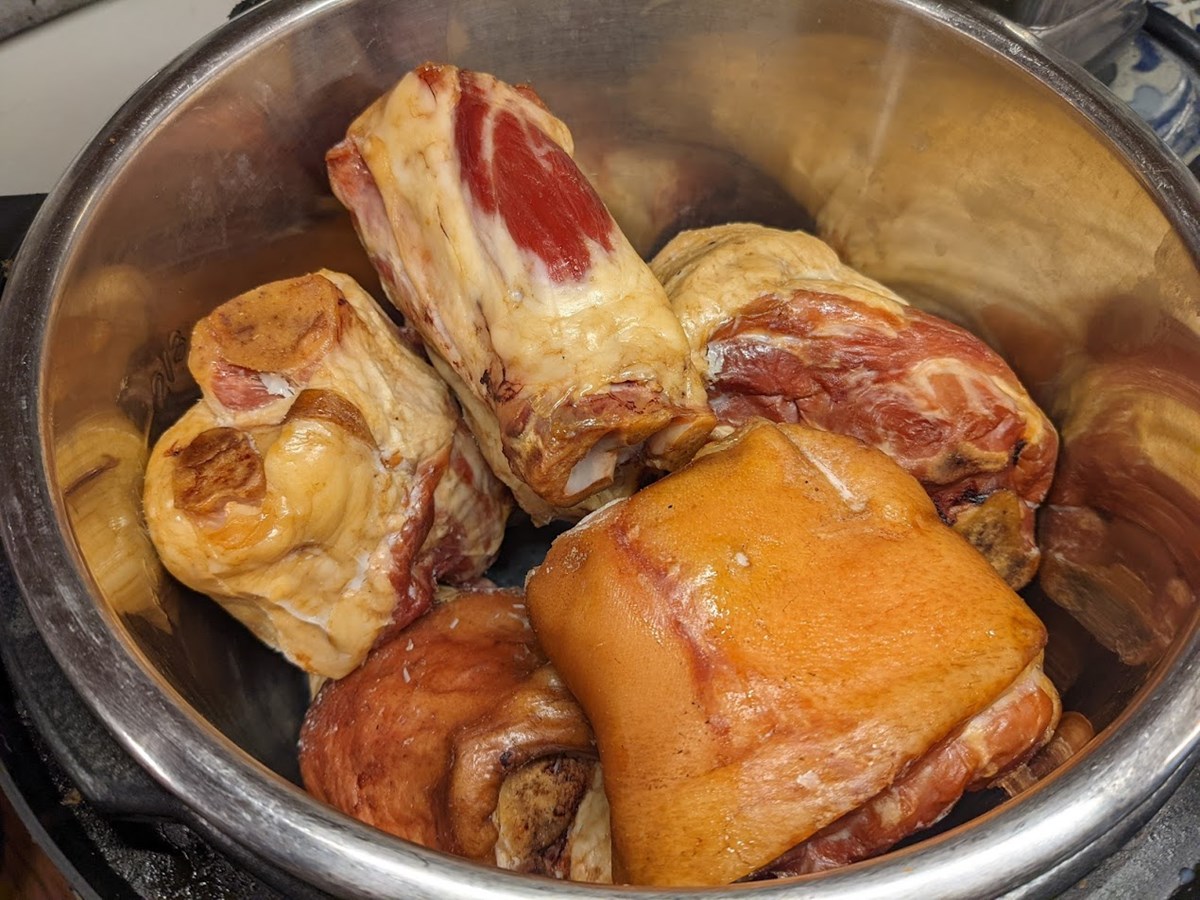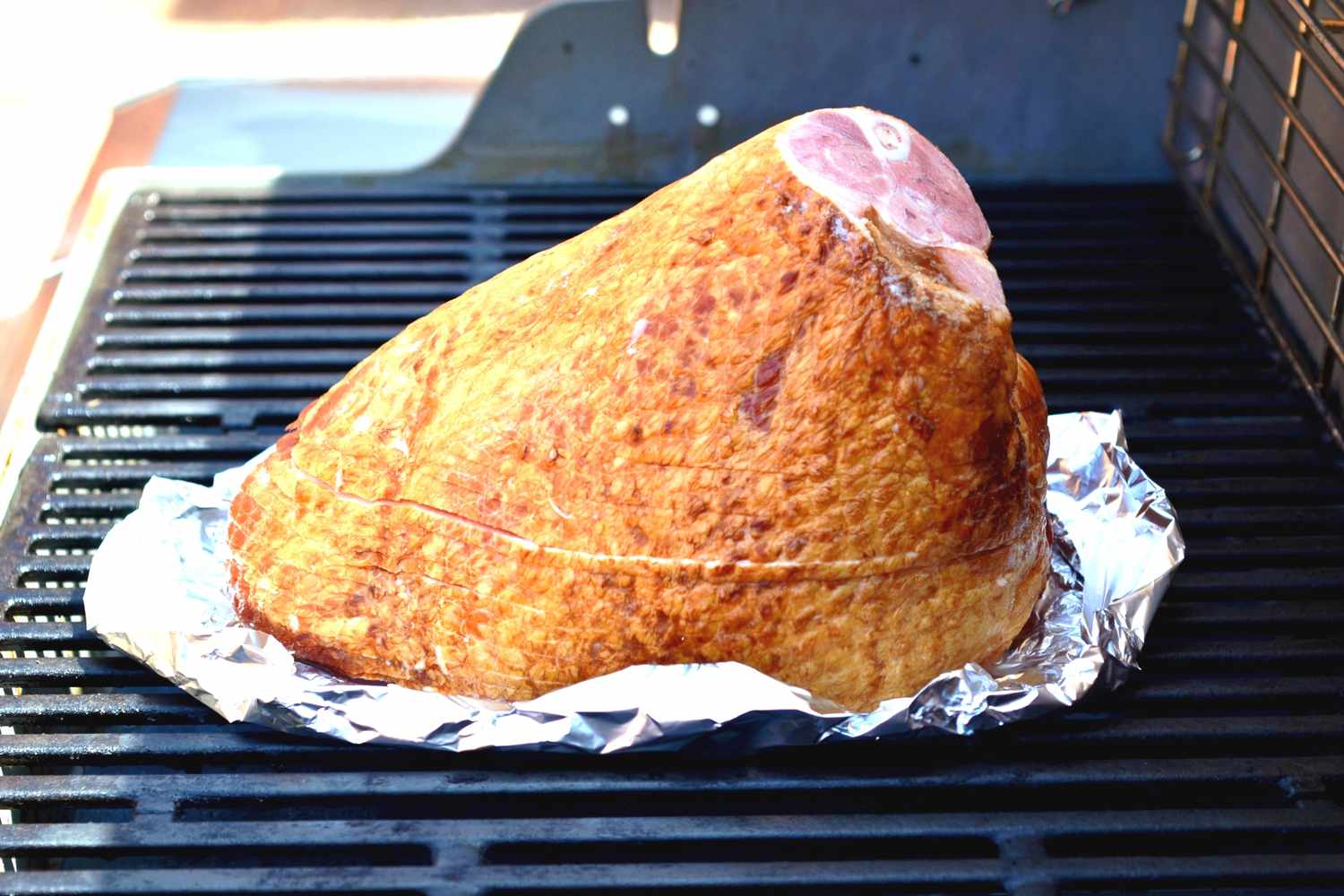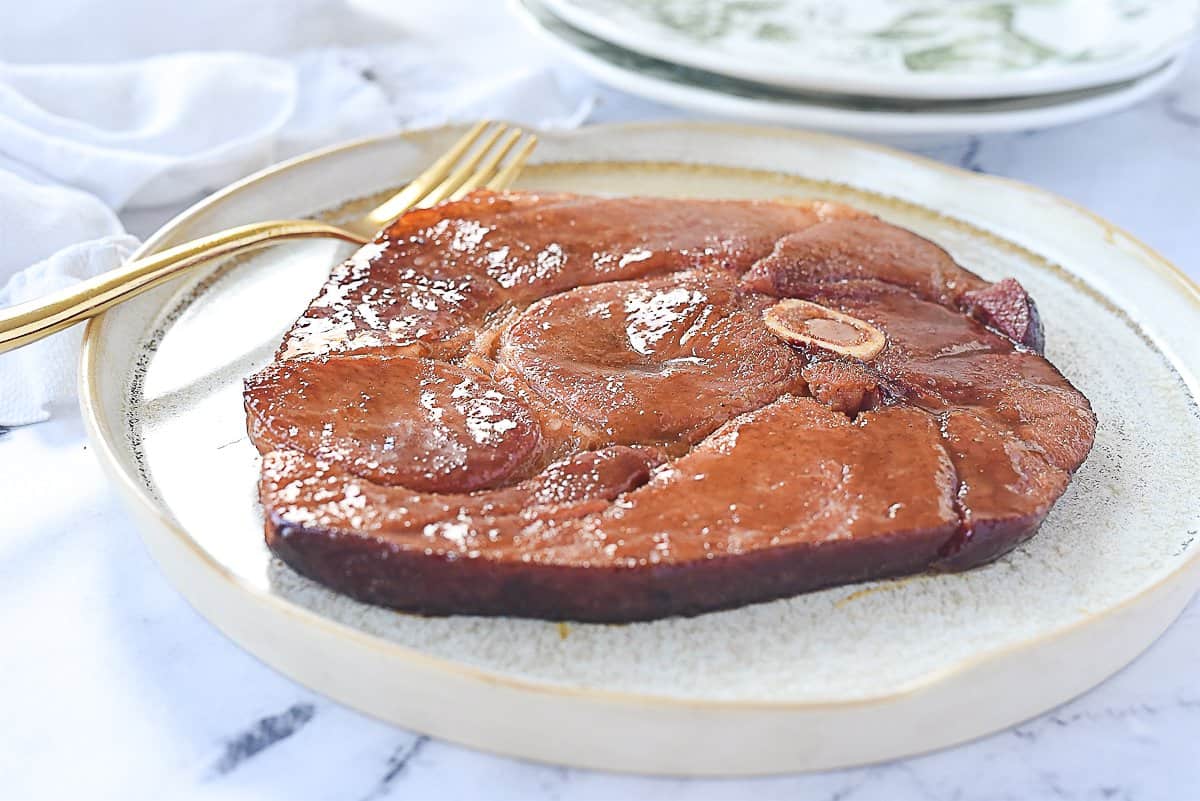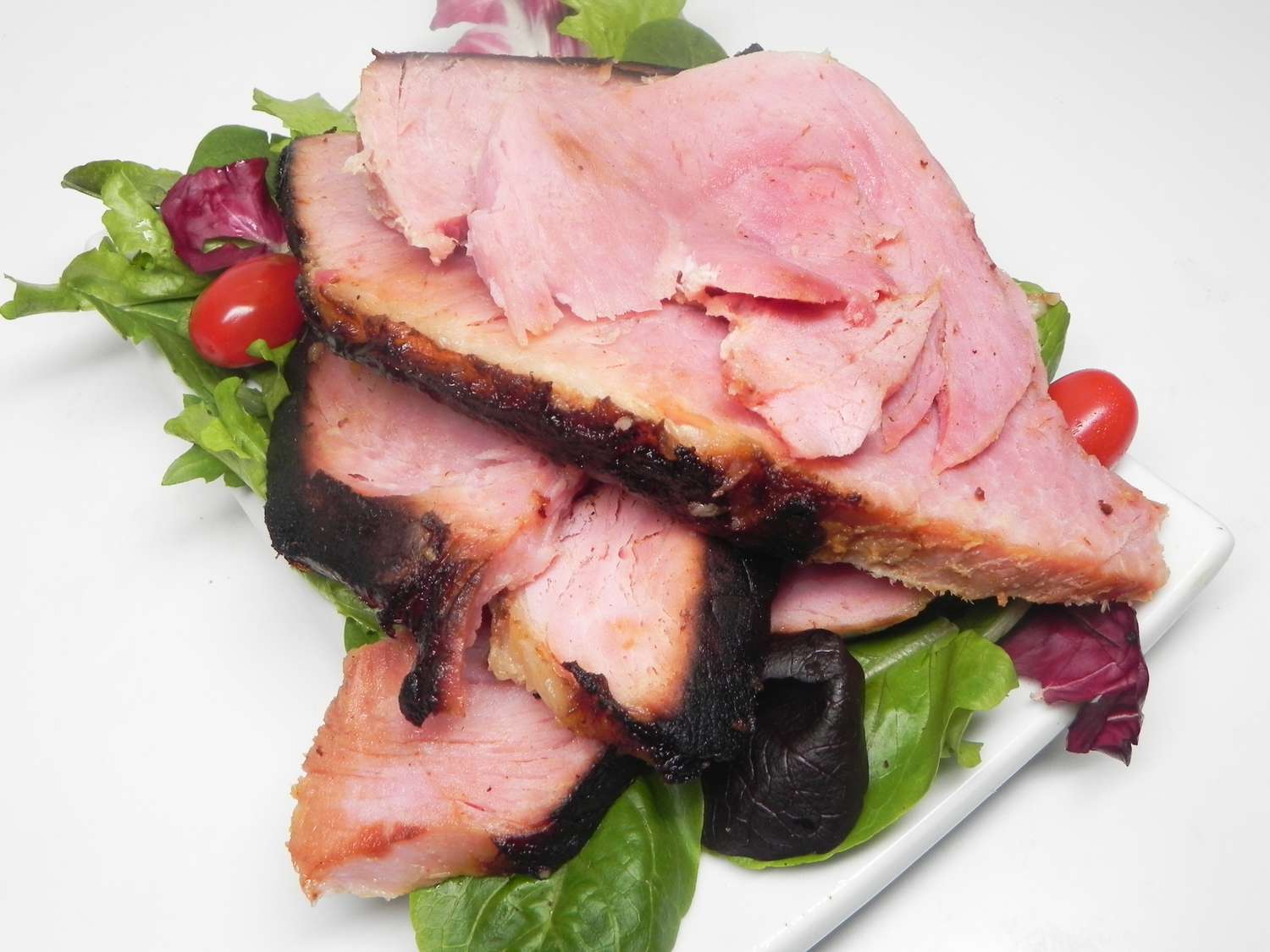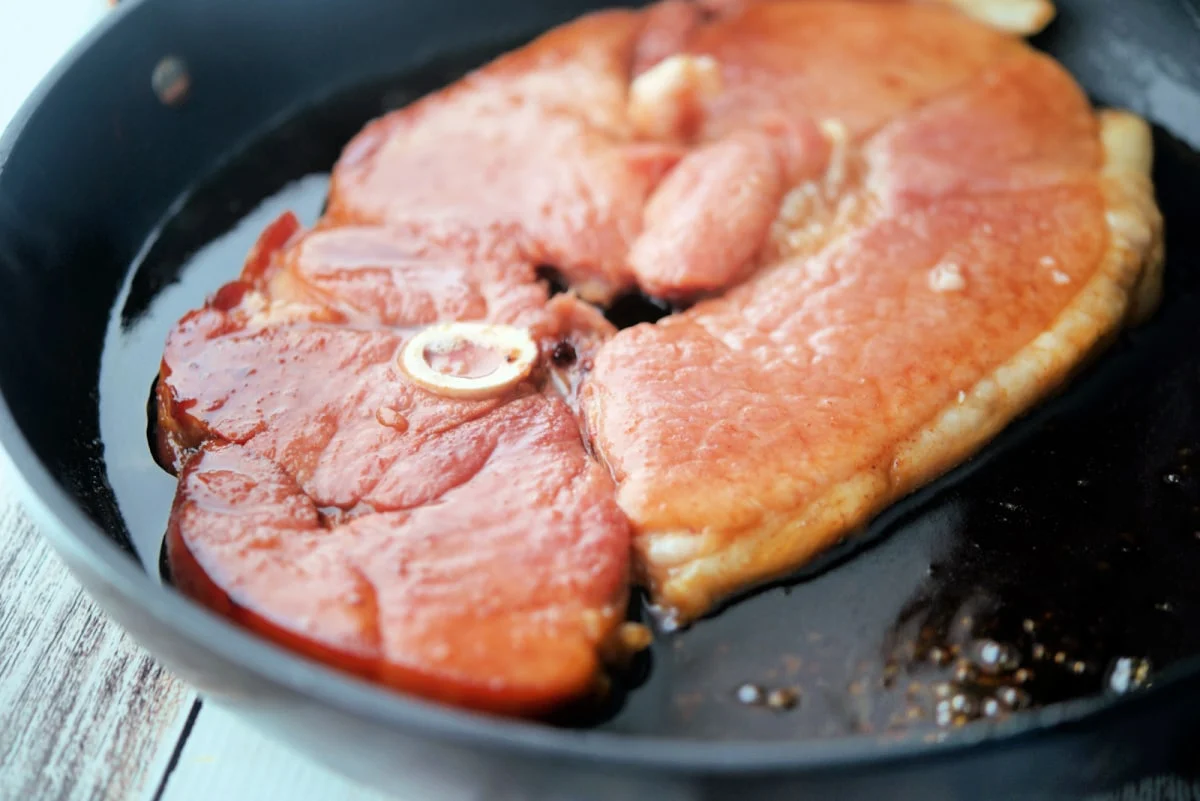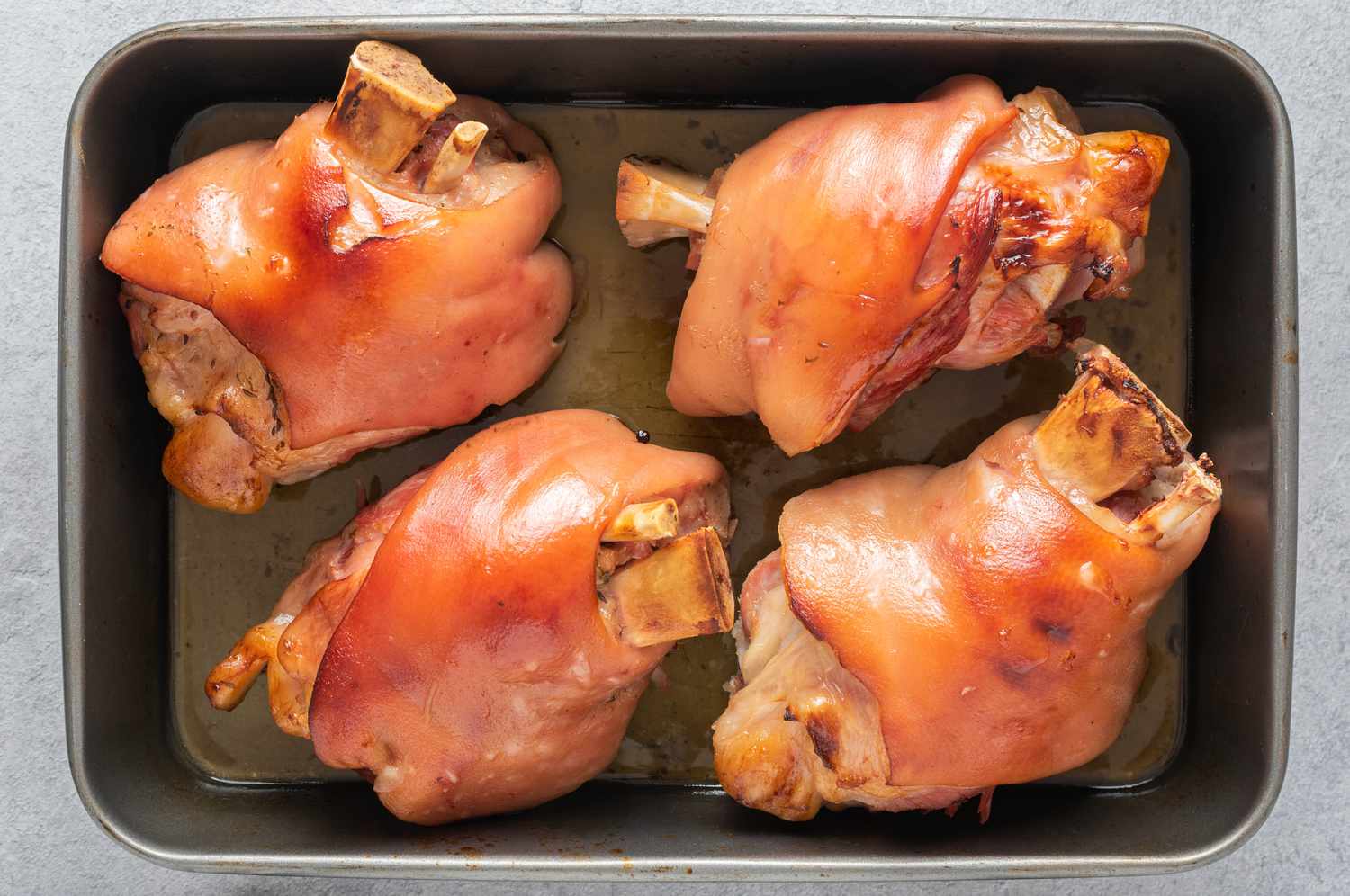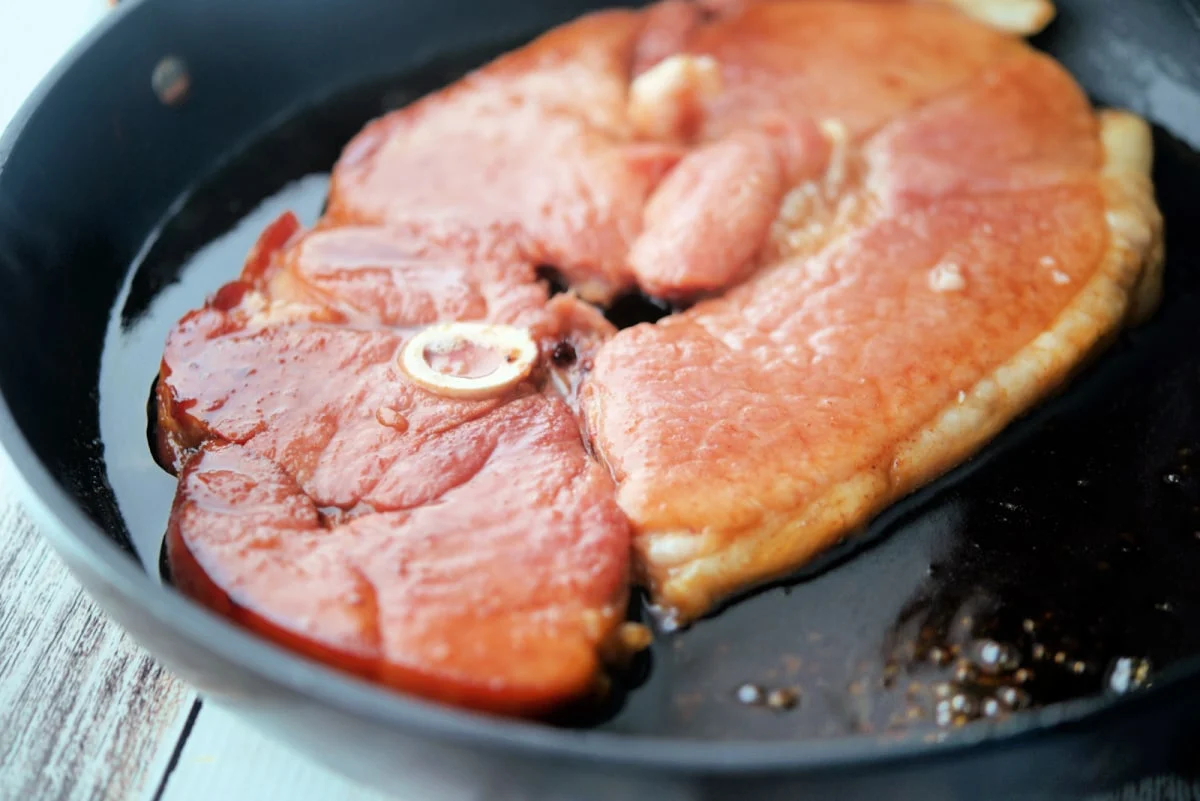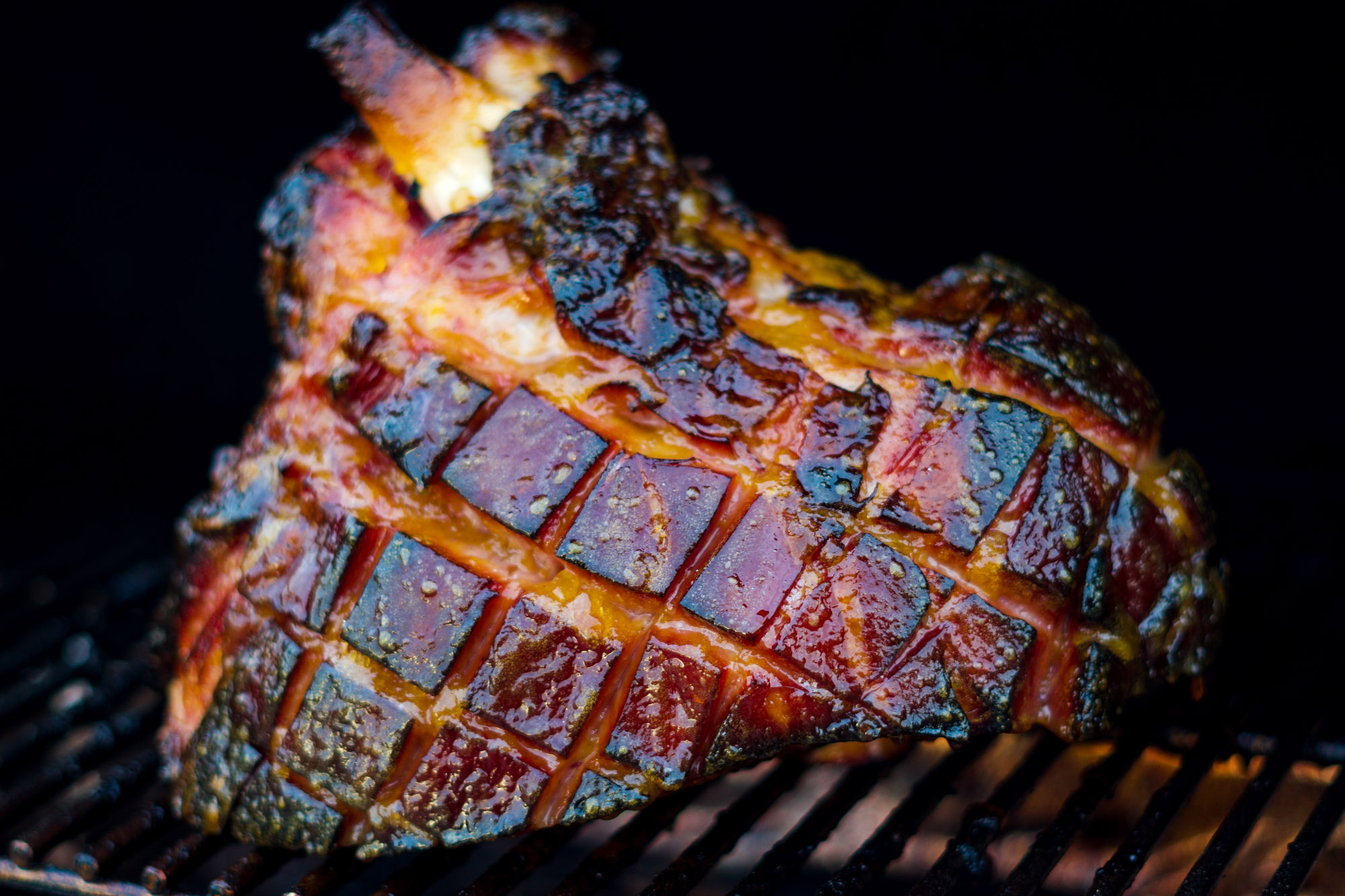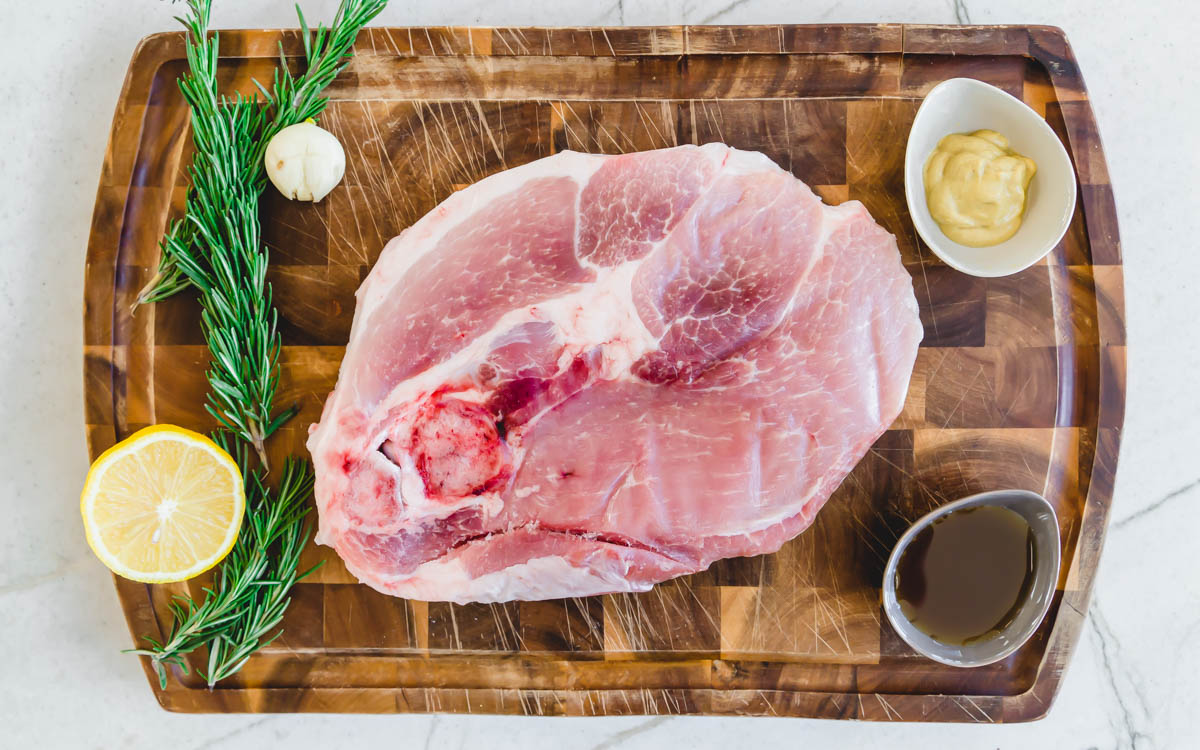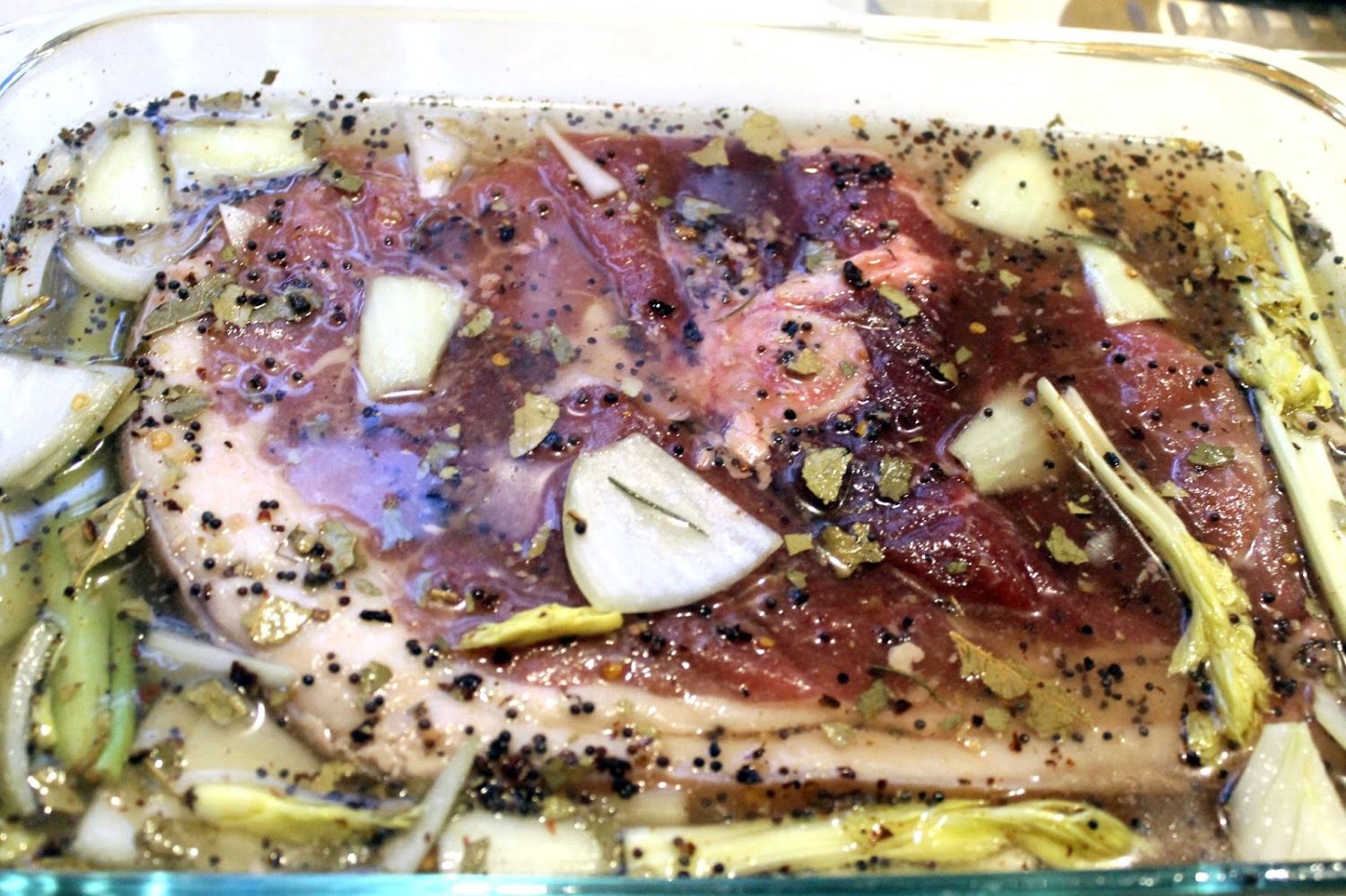Mastering the Art of Searing a Delicious Ham
There’s something truly special about the crispy, caramelized crust that forms on a perfectly seared ham. Searing not only enhances the flavor of the ham, but it also locks in the juices, resulting in a succulent and mouthwatering dish. Whether you’re preparing a holiday feast or simply craving a comforting meal, mastering the art of searing a ham is a skill worth acquiring. Here’s how you can achieve the perfect sear for a delectable ham:
Choosing the Right Ham
Before you begin the searing process, it’s essential to select the right ham. Whether you opt for a bone-in or boneless ham, ensure that it is fully thawed if previously frozen. Additionally, consider the thickness of the ham slices, as this will impact the searing time and temperature.
Preparation and Seasoning
Once you’ve chosen your ham, it’s time to prepare and season it. Before searing, pat the ham dry with paper towels to remove any excess moisture. Season the ham generously with salt and pepper, and consider adding other herbs and spices such as garlic powder, paprika, or thyme to elevate the flavor profile.
Preheating the Pan
The key to a perfect sear is a hot pan. Use a heavy-bottomed skillet or a cast-iron pan for even heat distribution. Place the pan over medium-high heat and allow it to preheat for a few minutes. To test if the pan is hot enough, sprinkle a few drops of water onto the surface – if the water sizzles and evaporates immediately, the pan is ready for searing.
Searing the Ham
Once the pan is properly heated, carefully place the seasoned ham slices into the skillet. Avoid overcrowding the pan to ensure that the ham sears evenly. Allow the ham to cook undisturbed for a few minutes, allowing the bottom to develop a golden-brown crust. Use tongs to flip the ham slices and sear the other side until it achieves the same caramelized exterior.
Resting and Serving
After achieving the desired sear, remove the ham from the pan and allow it to rest for a few minutes. This resting period allows the juices to redistribute, ensuring a tender and juicy texture. Once rested, transfer the seared ham to a serving platter and garnish with fresh herbs or a drizzle of honey for an extra touch of flavor.
Final Thoughts
Mastering the art of searing a ham can elevate your culinary skills and impress your guests with a mouthwatering dish. Whether you’re aiming for a savory main course or a delightful addition to a sandwich or salad, a perfectly seared ham is a versatile and delicious option for any occasion. With the right techniques and attention to detail, you can achieve a beautifully seared ham that is sure to be a crowd-pleaser.
